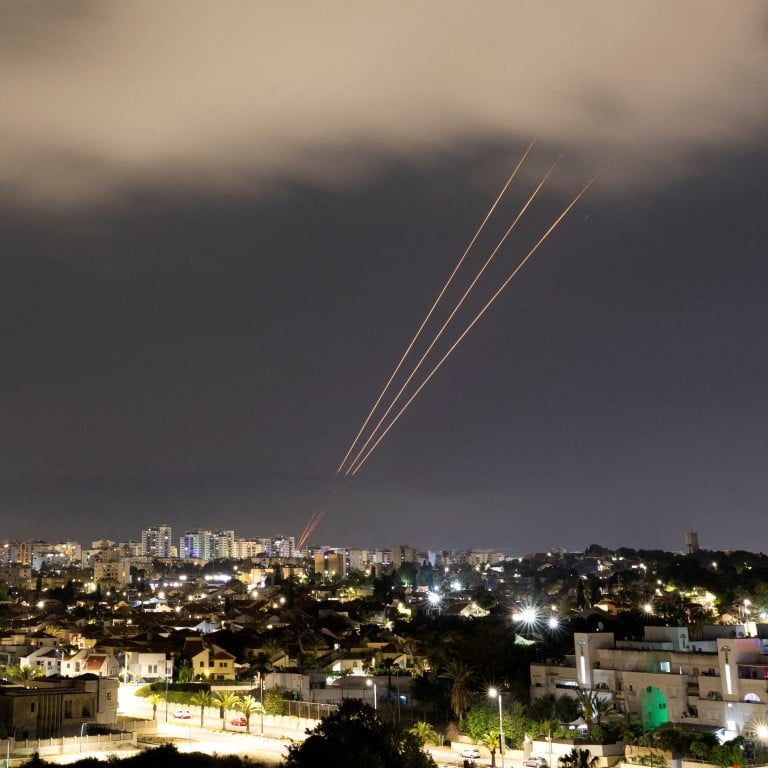
In Cold War 2.0, the collective rise of middle powers could tip the balance
- There are multiple geostrategic rivalries emerging between the West and authoritarian countries led by China, Russia and Iran
- But it’s not clear how it will play out amid global instability, the decline of democracies and doubts over the ‘marriage of convenience’
Unlike the first Cold War between the US and the former Soviet Union, we are now seeing the emergence of multiple geostrategic rivalries between the West and a group of authoritarian countries led by China, Russia and Iran.
While the dangerous escalatory cycle between Israel and Iran could drag the US into another intractable quagmire in the Middle East, China and Russia are also testing America’s limits as the last global hegemon in the Indo-Pacific and Eurasia.
Short of a full-fledged alliance to counter the US-led West, Beijing, Moscow, Tehran and Pyongyang have nonetheless edged closer strategically and militarily – largely over their shared enmity with Washington.
But how this Cold War 2.0 pans out is still up in the air given global instability, the decline of democracies worldwide, and doubts about the durability of “a marriage of convenience” among autocracies.
The collective rise of the middle powers – especially those on the front lines of this new cold war, such as India and Japan – could also tilt the balance of power between the two opposing camps.
Modi told Newsweek magazine that “we need to urgently address the prolonged situation on our borders so that the abnormality in our bilateral interactions can be put behind us”. He said “stable and peaceful relations” with China were important for India, the entire region and the world.
The border row has severely damaged bilateral ties and resulted in New Delhi’s strategic pivot towards Washington.
Modi also sought to allay China’s concerns about India’s involvement in the US-led Quad security grouping that Beijing sees as the “Indo-Pacific Nato”, claiming it was “not aimed against any country”.
Modi’s remarks were a rare overture signalling New Delhi’s willingness to ease its rivalry with Beijing. Now it is up to Beijing to reciprocate and take meaningful steps to dial down border tensions and repair ties.
What’s behind India’s support for Manila in the South China Sea dispute?
It also needs to repair its image in the region. A survey of China’s Southeast Asian neighbours by Singapore’s ISEAS-Yusof Ishak Institute, released early this month, painted a grim picture for Beijing.
While it found that – for the first time in years – more people in the region chose China over the US when forced to take sides in the superpower rivalry, America was still more popular in the Philippines, Vietnam, Singapore, Myanmar and Cambodia.
Trust in China has continued to decline in Southeast Asia, with more than half of the academic, business and media elites polled having “little confidence” or “no confidence” in Beijing to do “the right thing” on global issues.
Southeast Asians were concerned about China’s dominating economic and political influence in the region, and people in Vietnam, the Philippines and Malaysia were worried about its strong-arm tactics in the South China Sea and the Mekong.
“China is Southeast Asia’s largest trading partner but it is also the region’s largest source of insecurity,” the survey concluded.


